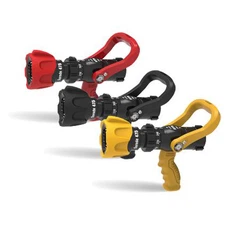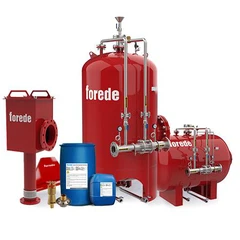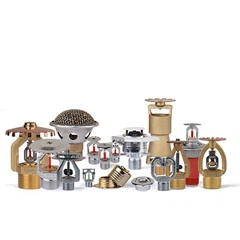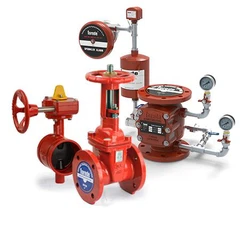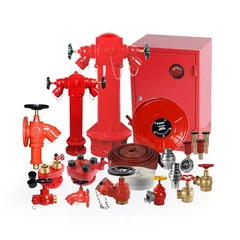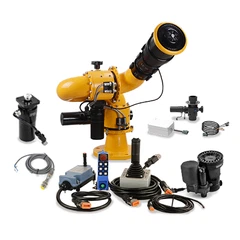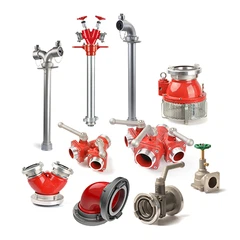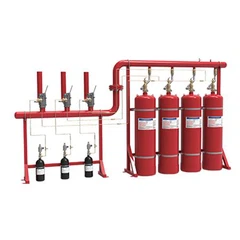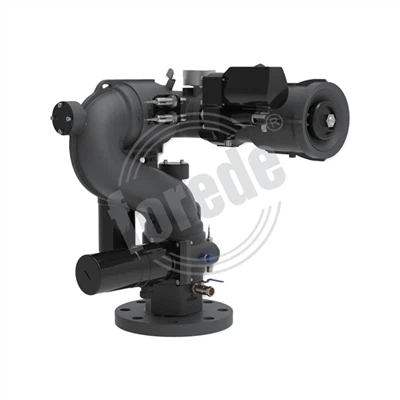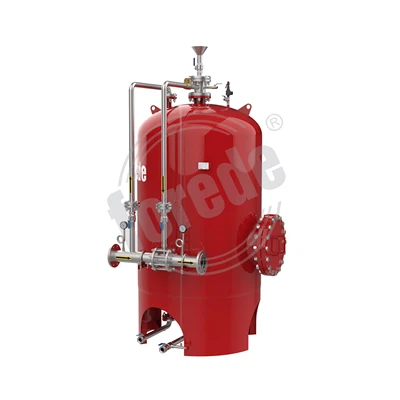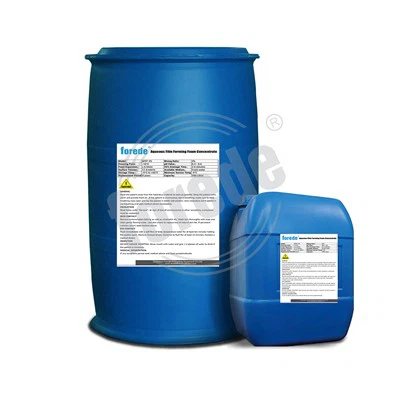Pressure relief valves (PRVs) are critical components of many industrial systems. They are designed to protect equipment and personnel from the danger of overpressure in pipelines, tanks, and other vessels. These valves work by opening up when the pressure inside a system reaches a certain level, thereby releasing excess fluid or gas. While PRVs are essential safety features, their lifespan can vary depending on several factors.
The good news is that, with proper maintenance, pressure relief valves can last for many years. The lifespan of a PRV depends on various factors such as the design, the size, the application, and the frequency of use. Most pressure relief valves can last anywhere from five to ten years or even more with regular maintenance. However, there can be some wear and tear over time, which means that they may need to be inspected and tested regularly to ensure optimal performance.
PRVs are made of robust materials such as stainless steel, carbon steel, and cast iron to withstand extreme pressure and temperature conditions. They should be periodically checked to verify that they are not leaking or corroding. Regularly scheduled maintenance, such as cleaning, lubrication, and testing, will help keep the valve in good condition and extend its lifespan.
It is essential to note that PRVs should be replaced every ten years or sooner if they fail to meet performance standards. This replacement requirement is because newer versions of the valve may come with enhanced technology that offers better safety and performance than older models.
In conclusion, PRVs are essential safety elements of industrial systems, and their lifespan depends on various factors such as design, size, application, and frequency of use. Regular maintenance, inspection, cleaning, lubrication, and testing will help extend their lifespan and ensure optimal performance. When the time comes for replacement, it is wise to consider new models that may offer better safety and performance.

